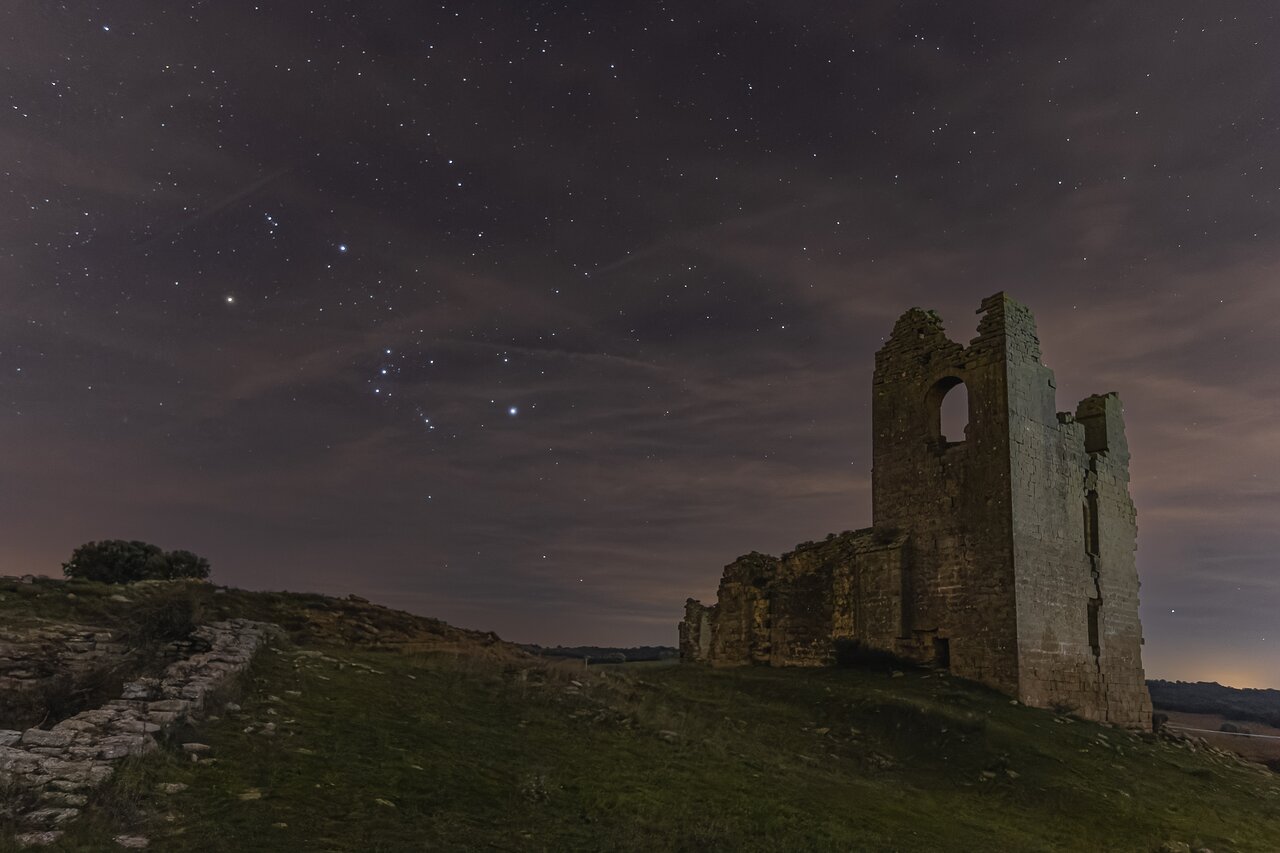- News
- Science
- Scientific Bodies
- Divisions
- Commissions
- Commission A1 Structure
- Commission A2 Structure
- Commission A3 Structure
- Commission A4 Structure
- Commission B1 Structure
- Commission B2 Structure
- Commission B3 Structure
- Commission B4 Structure
- Commission B5 Structure
- Commission B6 Structure
- Commission B7 Structure
- Commission C1 Structure
- Commission C2 Structure
- Commission C3 Structure
- Commission C4 Structure
- Commission C5 Structure
- Commission D1 Structure
- Commission E1 Structure
- Commission E2 Structure
- Commission E3 Structure
- Commission E4 Structure
- Commission F1 Structure
- Commission F2 Structure
- Commission F3 Structure
- Commission F4 Structure
- Commission G1 Structure
- Commission G2 Structure
- Commission G3 Structure
- Commission G4 Structure
- Commission G5 Structure
- Commission H1 Structure
- Commission H2 Structure
- Commission H3 Structure
- Commission H4 Structure
- Commission J1 Structure
- Commission J2 Structure
- Commission J3 Structure
- Commission X1 Structure
- Commission X2 Structure
- Past Commission Organising Committees
- Working Groups
- Centres
- Scientific Meetings
- Rules & Guidelines
- General Assemblies
- Meeting Proposals
- Future IAU Meetings
- General Assemblies
- EC Meetings
- Officers' Meetings
- Regional Meetings
- Symposia
- Focus Meetings
- Institutional Meetings
- IAU Offices Meetings
- IAU-Sponsored Meetings
- Letters of Intent submitted for 2024
- Letters of Intent submitted for 2023
- Letters of Intent submitted for 2022
- Letters of Intent submitted for 2021
- Letters of Intent submitted for 2020
- Past IAU Meetings
- Templates
- Other Meetings
- Grants & Prizes
- Scientific Bodies
- Publications
- IAU Publications
- IAU Strategic Plan
- Symposia
- WGSBN Bulletins
- Regional Meetings
- Information Bulletins/Catalyst
- E-Newsletters
- Focus Meetings
- Transactions A
- Transactions B
- Related Publications
- GA Newspapers
- CAPjournal
- IAU Books
- Brochures
- IAU Offices
- WG Reports
- Commission Reports
- Division Reports
- Past IAU Publications
- Rules, Guidelines and Instructions for Proceedings
- Publishers
- IAU Publications
- Administration
- About the IAU
- Statutes & Rules
- IAU Policies
- IAU Executive Bodies
- IAU Secretariat
- Resolutions
- Members Administration
- Administrative Dates & Deadlines
- International Organisations Relations
- Donate to the IAU
- Training in Astronomy
- Astronomy for Education
- Astronomy for Development
- Astronomy for the Public
- Office for Astronomy Outreach
- FAQ
- Themes
- Satellite Constellations
- Astronomy in Everyday Life
- How to Report a Discovery
- Careers in Astronomy
- Defining our Place in the Cosmos
- The Constellations
- Light Pollution
- Measuring the Universe
- Near Earth Objects
- How to Participate in Astronomy Research
- Naming of Astronomical Objects
- Naming of Exoplanets
- Buying Star Names
- Naming Stars
- Pluto and the Solar System
- IAU Member Statistics
- Our Moon: the Moon
- Meteors & Meteorites: The IAU Definitions of Meteor Terms
- UNESCO-IAU Portal to the Heritage of Astronomy
- Social Media
- Past Events
- Call for Online Resources
- Astronomy@Home Awards
- Contact
The Kingdom of Orion
Image title: The Kingdom of Orion
Author: Carlos Zudaire
Country: Spain
This image, taken in January 2022, pictures a landscape from Navarra, a province in the north of Spain with ruins from old civilizations in the foreground. Above that, we see a partially cloudy and starry sky with the most prominent stars belonging to the star pattern Orion. Composed of many bright stars with several interesting deep sky objects within its boundaries, Orion is one of the 88 officially recognised IAU constellations. It originates from Greek mythology where the hero Orion is the son of the sea god Poseidon. Orion is characterised as a giant hunter lurking just before he attacks an animal (it is unclear which animal he attacks, but, in the original Babylonian version of the Gilgamesh saga, it is the Bull of Heaven depicted as the constellation Taurus). The modern planetarium interpretation depicts him as a Roman warrior raising up his shield, but the two accompanying dogs, represented by the constellations of Canis Major and Canis Minor, are reminiscent of the Greek hunter.
Located at the celestial equator, the star pattern is visible all over the world and is interpreted differently in various mythologies, for example as three fishermen at a campfire in parts of Australia, as a butterfly in some parts of Africa, and as a stairway for the souls of ancestors in parts of South America. As Spain belonged to the Roman empire, the original constellations from earlier times are not known. There are some cave paintings on the Iberian peninsula that could possibly have astronomical references. However, there is uncertainty as to whether these painted figures on rocks depict star patterns.
Orion is best visible from November to January. Its most recognisable feature is the “belt”, an asterism composed of three bright, aligned stars (Alnitak, Alnilam and Mintaka), also recognised by different cultures. Just below this belt is the Orion Nebula, a famous and widely studied star-forming region located about 1500 light-years from Earth. The constellation's brightest stars are Rigel — a blue supergiant which is one of the brightest stars in the sky — and Betelgeuse, a massive red supergiant. The former serves as the left foot, and the latter as the right shoulder of the hunter. While Rigel is in the middle of its life, Betelgeuse is expected to explode within the next few tens of thousands of years. The Orionids, a meteor shower with typical rates of dozens of meteors per hour, whose parent body is Halley’s Comet, can be seen every year in the area of Orion, next to the border with the constellation of Gemini during the month of October.
Also see image in Zenodo: https://doi.org/10.5281/zenodo.7424030
Credit:
Carlos Zudaire/IAU OAE
